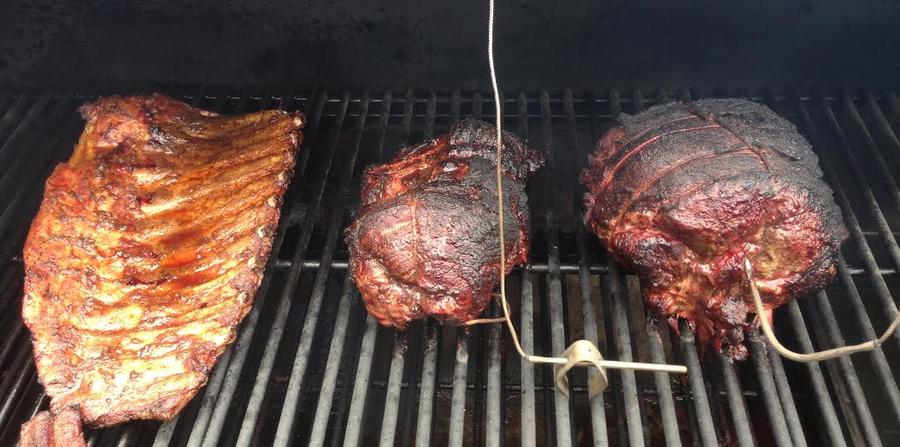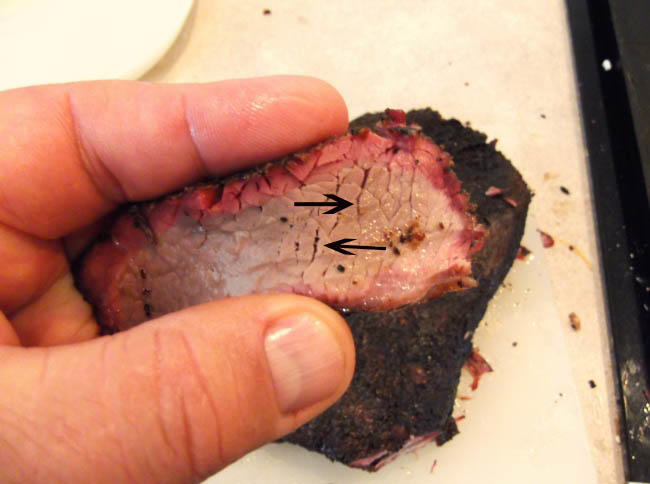- Aug 11, 2015
- 6
- 10
Bonjour!
At the end of the month, my local rugby club will be holding their second bbq competition. It's a really good day, made better by the fact that we won last year and so I'm obviously desperate to retain the title! Haha. Looking for a bit of advice and people's opinions.
The format is simple. Everyone gets their meat (wings, mince, ribs & brisket) at 8am. The meat is turned in at the following times...
13.00 - Wings
13.30 - Mince
14.15 - Ribs
15.00 - Brisket
With no time constraints I like to cook at around 225 for as long as it takes. The wings & mince aren't a problem as there is plenty of time and being cooked with direct each. It is the ribs and especially the brisket that are more difficult.
Just wondering if anyone has any tips on speeding up the cooking whilst still achieving the same tenderness etc. Last year I cooked at around 300 and foiled the brisket for 2 hours aswell, It worked ok but left little time for resting and it wasn't really as tender as I would have liked - a lovely piece of roast beef rather than the melt in your mouth!
Has anyone ever tried cooking at a higher temp or fully wrapped?
Any ideas guys?
All help gratefully received!
Cheers
Gaz
At the end of the month, my local rugby club will be holding their second bbq competition. It's a really good day, made better by the fact that we won last year and so I'm obviously desperate to retain the title! Haha. Looking for a bit of advice and people's opinions.
The format is simple. Everyone gets their meat (wings, mince, ribs & brisket) at 8am. The meat is turned in at the following times...
13.00 - Wings
13.30 - Mince
14.15 - Ribs
15.00 - Brisket
With no time constraints I like to cook at around 225 for as long as it takes. The wings & mince aren't a problem as there is plenty of time and being cooked with direct each. It is the ribs and especially the brisket that are more difficult.
Just wondering if anyone has any tips on speeding up the cooking whilst still achieving the same tenderness etc. Last year I cooked at around 300 and foiled the brisket for 2 hours aswell, It worked ok but left little time for resting and it wasn't really as tender as I would have liked - a lovely piece of roast beef rather than the melt in your mouth!
Has anyone ever tried cooking at a higher temp or fully wrapped?
Any ideas guys?
All help gratefully received!
Cheers
Gaz











